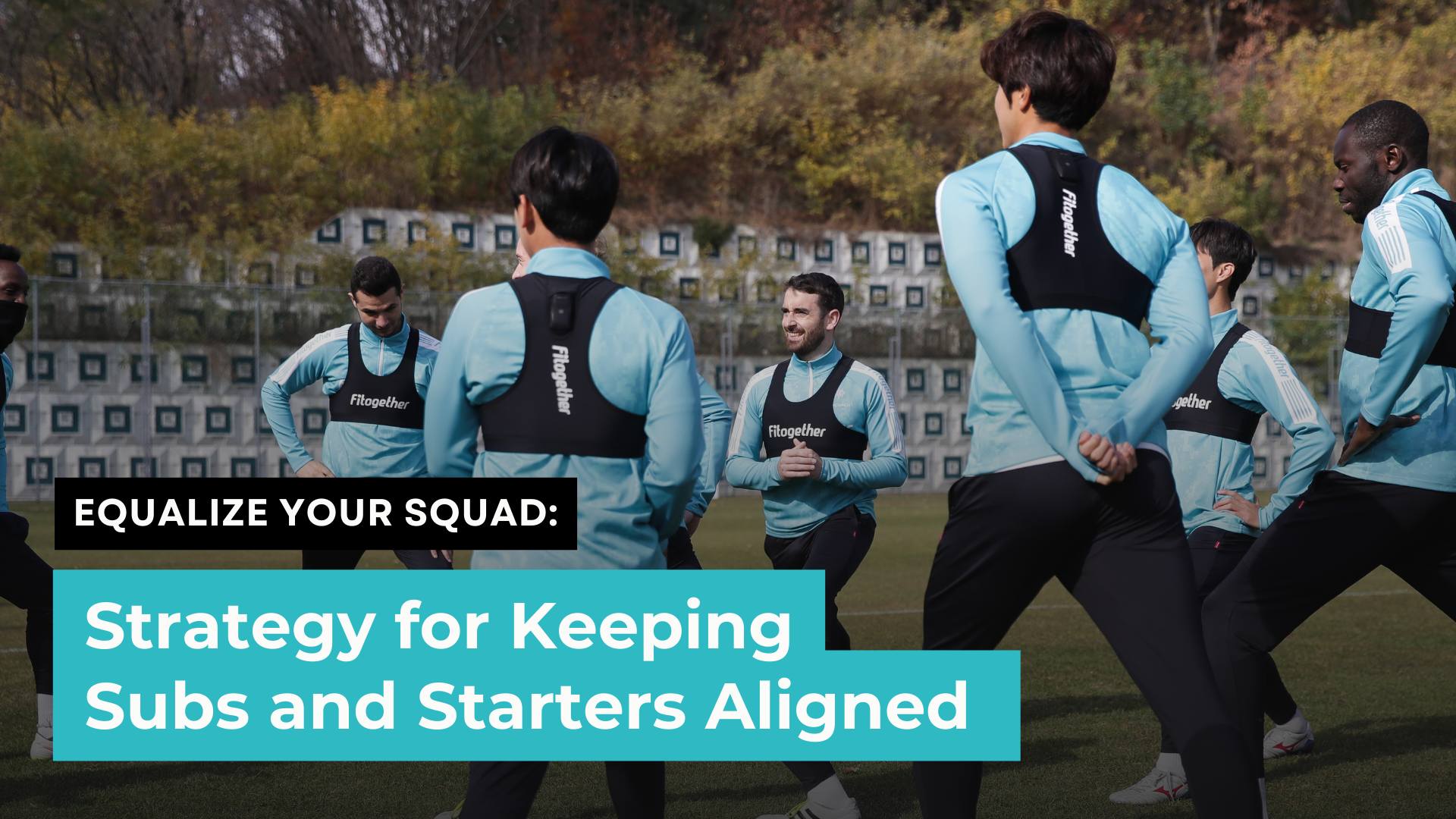
Regardless of the league you're in, there will inevitably be a congested period in the schedule. During these times, the head coach will typically select the "best team," maintaining a consistent lineup with only a few players rotating based on performance or the nature of the opponents. As you look ahead, you notice a series of upcoming matches, including midweek fixtures.
Now, you have to figure out how to manage our players' workload during this busy period. Your first priority is maybe ensuring that the players expected to play are available when needed. However.. It is also equally important to manage the players who will likely be substitutes or might not even make the matchday squad.
In this blog, we'll explore managing player workload and substitutions amid a busy schedule. With upcoming challenges, finding the right balance between fielding the best team and keeping the squad fresh is crucial. Also, you will know how Fitogether can assist you in managing these challenges effectively!

Your main players will get the exposure they need during this period, followed by recovery and a light training session the day before the next game. As long as this session isn't too demanding, they should be physically prepared. But if you have midweek games for three consecutive weeks, your substitutes and squad players will face some challenges.
These challenges include:
- Limited access to full-sized training pitches.
- Ensuring >90% maximum speed exposures.
- Managing chronic high speed & sprint volumes.
- Dealing with increased intensive metrics due to more small pitch sessions.
- Ensuring player readiness to step up and play significant minutes if needed.
To tackle these challenges effectively, it's essential to plan ahead for the week while remaining flexible and adaptable as needed. Let's now discuss each issue and explore potential solutions, including how OHCOACH can assist you!
Limited access to full-sized training pitches.
Picture this: it's the day after a match, and you've got a small squad available for training. But you need to incorporate bigger pitch sessions to keep your players sharp. Solution?
- Bring up your Academy Team/Reserve Team to supplement your numbers, this means you give your subs exposure to bigger pitch sessions and activities.
- With OHCOACH, you can also set benchmarks and ensure that everyone gets the right exposure.
90% Max Speed Exposures.
This connects with the limited bigger pitch training since players have fewer chances to naturally reach higher speeds during training. However, this issue can be resolved without requiring significant changes to your training schedule.
Imagine that your team has a match on Saturday and another on Tuesday. Now, you need to plan when your players hit those high speeds. Maybe it's best to schedule speed exposures right after Saturday's game, giving them ample time to recover before Tuesday's match. Conversely, if the next game is on Wednesday, aim for exposure during Sunday's training when players are fresh and motivated to reach the required speeds, rather than immediately after the game.
OHCOACH helps you track their speeds and ensures they hit those targets consistently. We can utilize the % max speed metric to pinpoint when players achieve >90% speed, both during downloads and live sessions.
Additionally, we can set up a database to track the number of days without reaching that speed. The goal is to ensure players achieve multiple exposures in a week. A traffic light system can help with this: after 7 days without hitting the target speed, the color changes to yellow, and after 10 days, it turns red. This proactive approach ensures that players maintain their performance levels and stay ready for action.
Chronic High Speed & Sprint Values.
Ideally, you'd want your players to cover double their average match high speed and sprint distances in a week. But what if they're not slated to play? In such cases, you'll need to manufacture those distances, especially if larger pitch training sessions aren't available.
Incorporating simple running drills at the end of sessions or post-game can help achieve these targets without overly taxing the players. However, be mindful not to overload them, especially after a Saturday game if they're likely to play again on Tuesday. Stay in constant communication with your coaching team to determine the best opportunities for high-speed exposure.
When using OHCOACH — Creating player profiles is key. It allows you to understand their typical output and performance during a game, helping you determine the additional workload required to meet the target distances. By analyzing data throughout the week, you can track progress and plan the remaining distances safely.
Below is an example of how you can use OHCOACH Team Activity Report to find the volume of high speed and sprint distance your player achieves in a game.
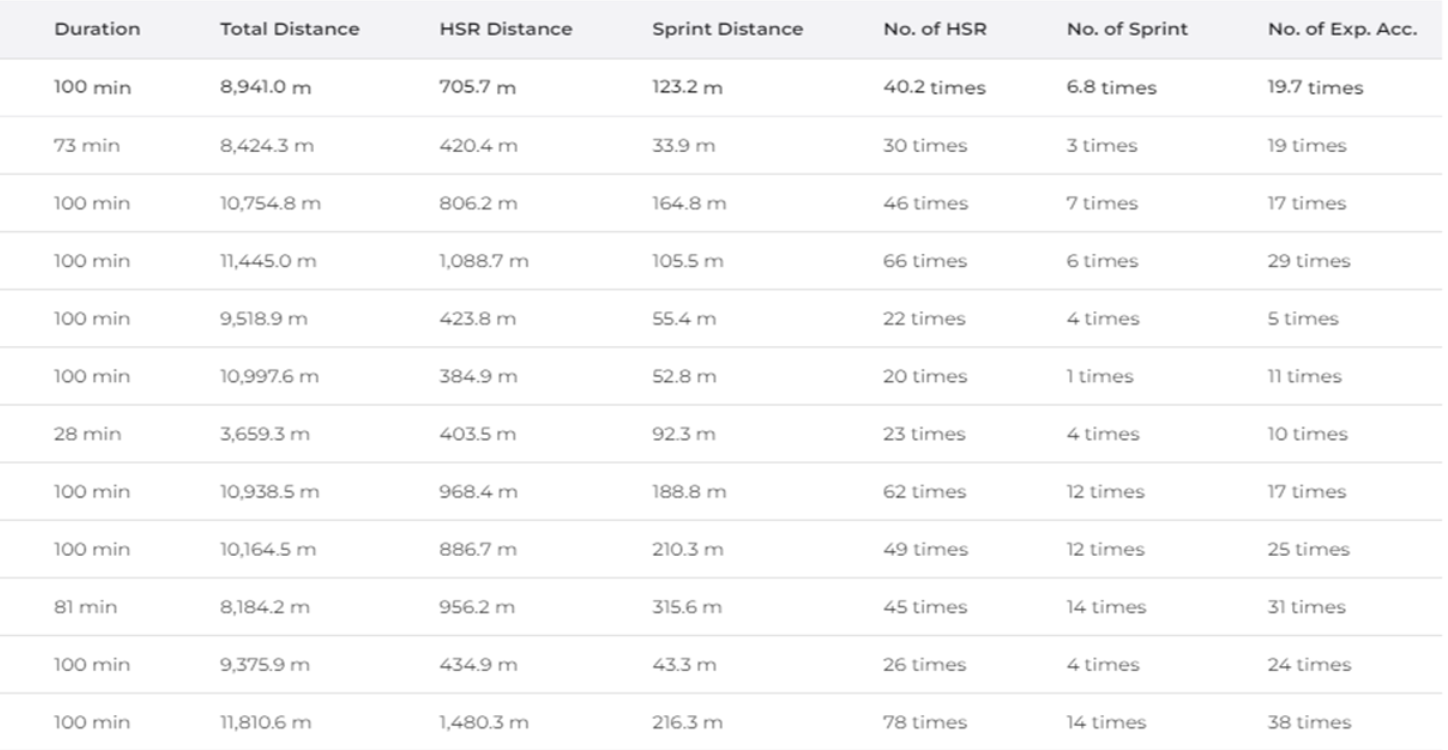
Obviously, you only want to look at players who complete a full game, additionally, you will want to look at an average of several games to get a better understanding of each player's “normal” match volume.
Export the CSV data to create a database of what your players do each full game and then use those volumes to monitor what your players are doing that week against two times their match average to maintain their chronic volumes.
Dealing with increased intensive metrics due to more small pitch sessions.
If you don’t have more players available to train, small pitch sessions become necessary. However, they often lead to increased accelerations, decelerations, and overall workload. To manage this, consider adjusting the intensity of activities or reducing the overall volume of training sessions.
Here's where OHCOACH shines: by having player profiles readily available, you can better understand the typical metrics completed by players in a week. This insight is invaluable for planning and managing workload effectively.
Below is an example of using OHCOACH Player Cumulative Report to identify a player's previous 7 days' data.
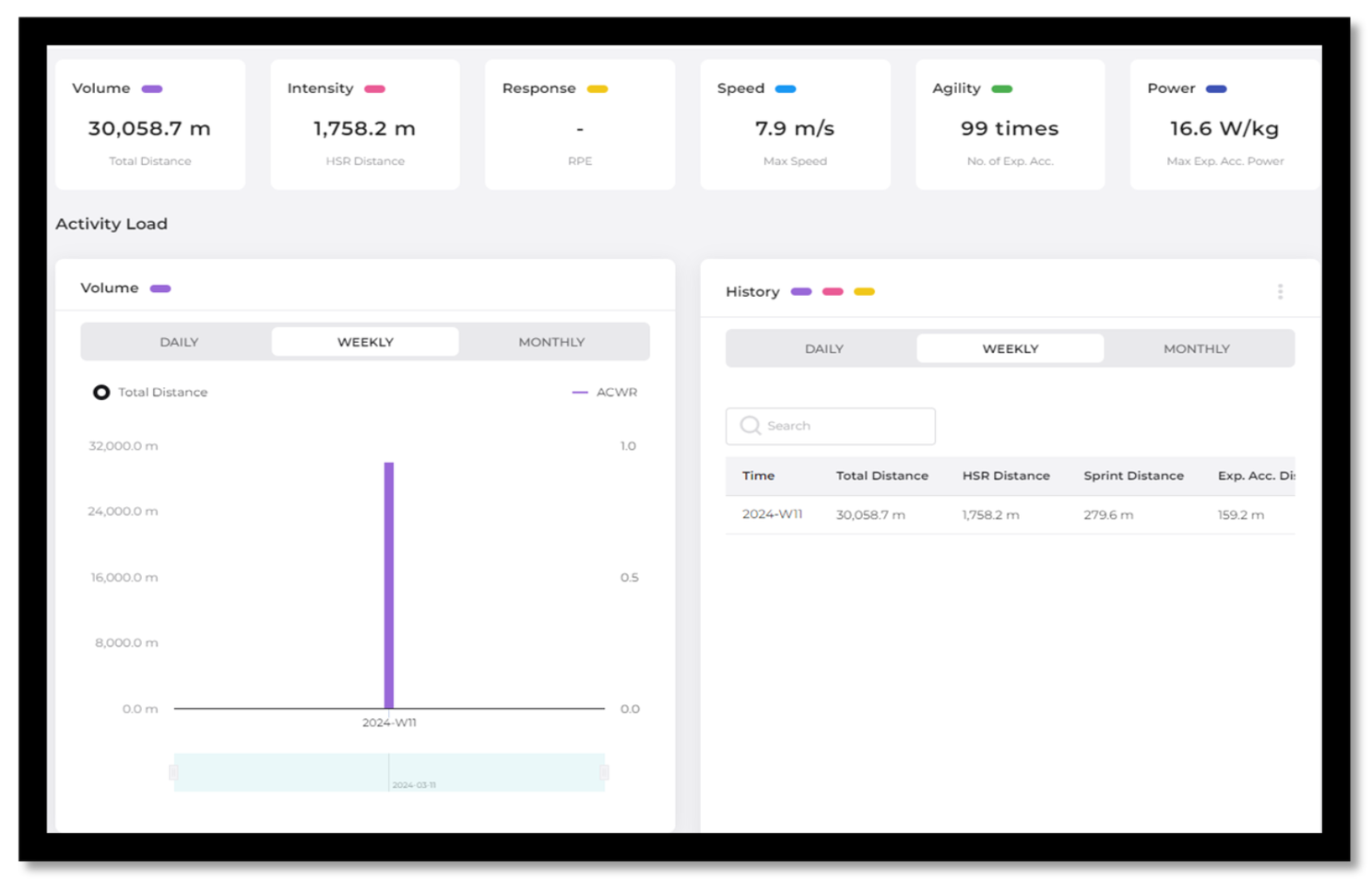
This tool can be used to plan a "normal training week" for specific players, identify the metrics they produce, and help organize your hectic schedule accordingly.
Additionally, knowing the planned activities beforehand, possibly through newsletter drill labeling, enables more productive discussions with coaches regarding adjustments in training intensity and volume.
So, we know that in elite football, the spotlight often shines brightest on the starting lineup, but the role of substitutes is just as crucial in navigating the demanding schedule of a season. By carefully managing the workload and ensuring that even those players who may not see as much game time are adequately prepared physically and mentally, teams can maintain their competitive edge throughout the season.
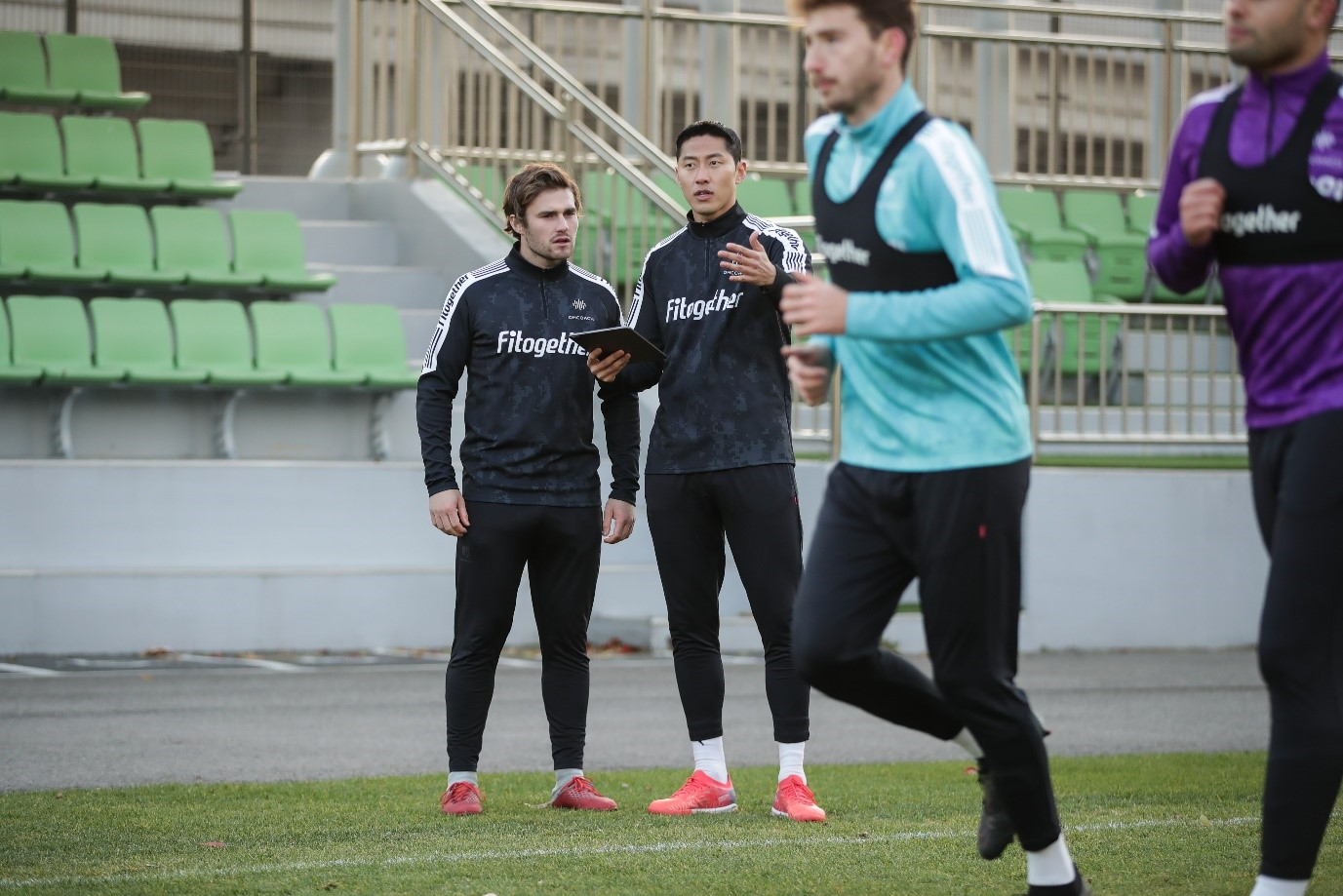
And we're here to make things easier for you!
Sports scientists can now delve deeper into player metrics with OHCOACH, allowing for more informed decisions on training intensity, recovery strategies, and individual player development. By utilizing data-driven insights and fostering open communication within the coaching staff, teams can optimize performance not just for the starting eleven, but for the entire squad.
Let's remember that success on the pitch is often a result of the collective efforts of every player, from the first minute to the final whistle. By investing in the well-being and development of all squad members, teams can build resilience, depth, and a winning culture that extends far beyond the starting lineup.
It’s your time to streamline your coaching process.
We are happy to chat with you to assist you about your coaching journey and how we can help!
Book an introduction call with us here.
Coaching just got simpler with OHCOACH.
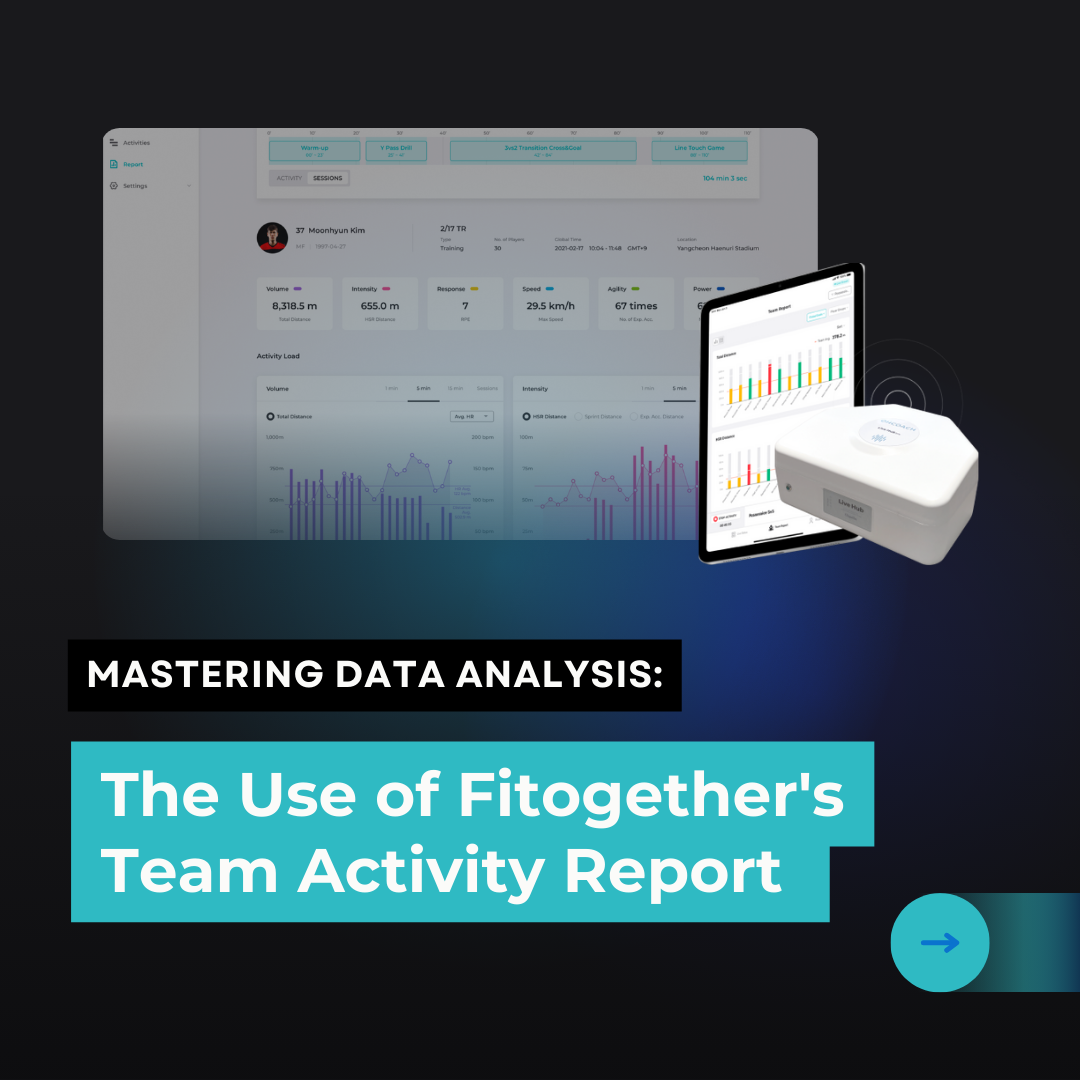
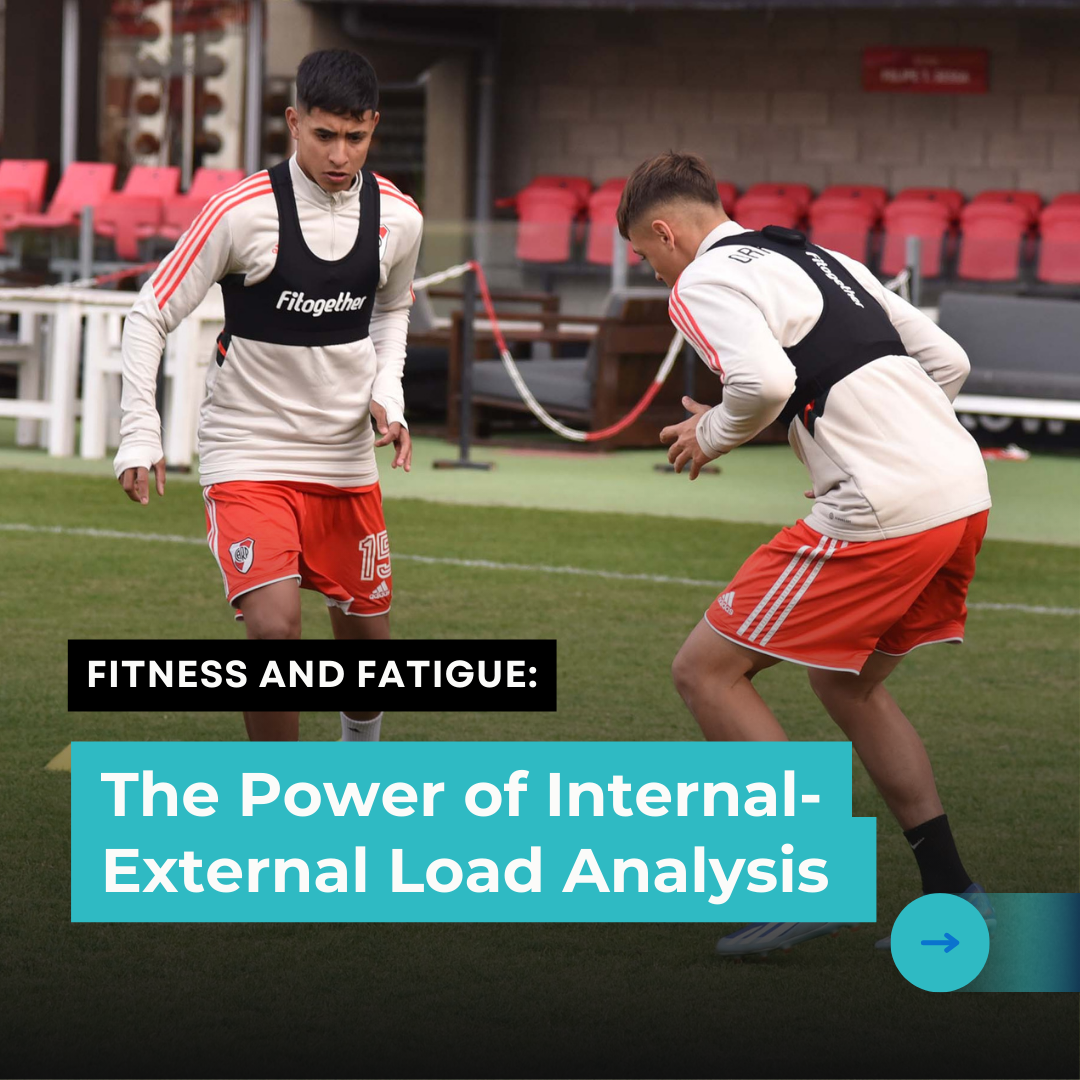
.png)